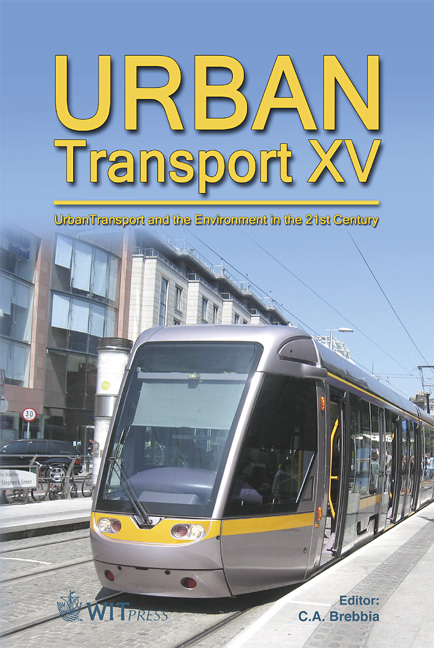Urban Intermodality: Potentials For Connecting The Cities’ Public Transport
Price
Free (open access)
Transaction
Volume
107
Pages
11
Page Range
63 - 72
Published
2009
Size
448 kb
Paper DOI
10.2495/UT090071
Copyright
WIT Press
Author(s)
K. Burckhart & C. Blair
Abstract
Intermodality is a well-known element in interurban freight and passenger transport, but has not yet received much attention in the intra-urban environment – even though urban intermodal passenger transport systems gain special importance when energy becomes an expensive resource and when global climatic changes awaken the population’s environmental consciousness. At the same time, the growing urban population together with separated land uses and low-density housing make mobility a daily trial for society. Intermodality, seen here as a seamless connection of different transport modes, contributes to a more sustainable urban mobility pattern, where each transport mode is used in its most efficient way. This challenges the cities to create intermodal transport systems, usable and useful for the biggest possible part of society. The interconnection of different modes seems to have easy solutions, but its implementation involves complex details, such as accessibility, information integration and urban space management. The present study focuses on different European cities’ intermodality schemes. It includes the analysis of all urban transport modes and their interconnections. Factors such as station localization, public transport usage in combination with non-motorized transport modes as well as private vehicle integration in the transportation system are taken into account. As a conclusion, reflections on the present urban intermodality are made and recommendations are given for the future development of intermodal potential in urban environments. Keywords: urban intermodality, public transport, sustainability, high-speed train.
Keywords
urban intermodality, public transport, sustainability, high-speed train





